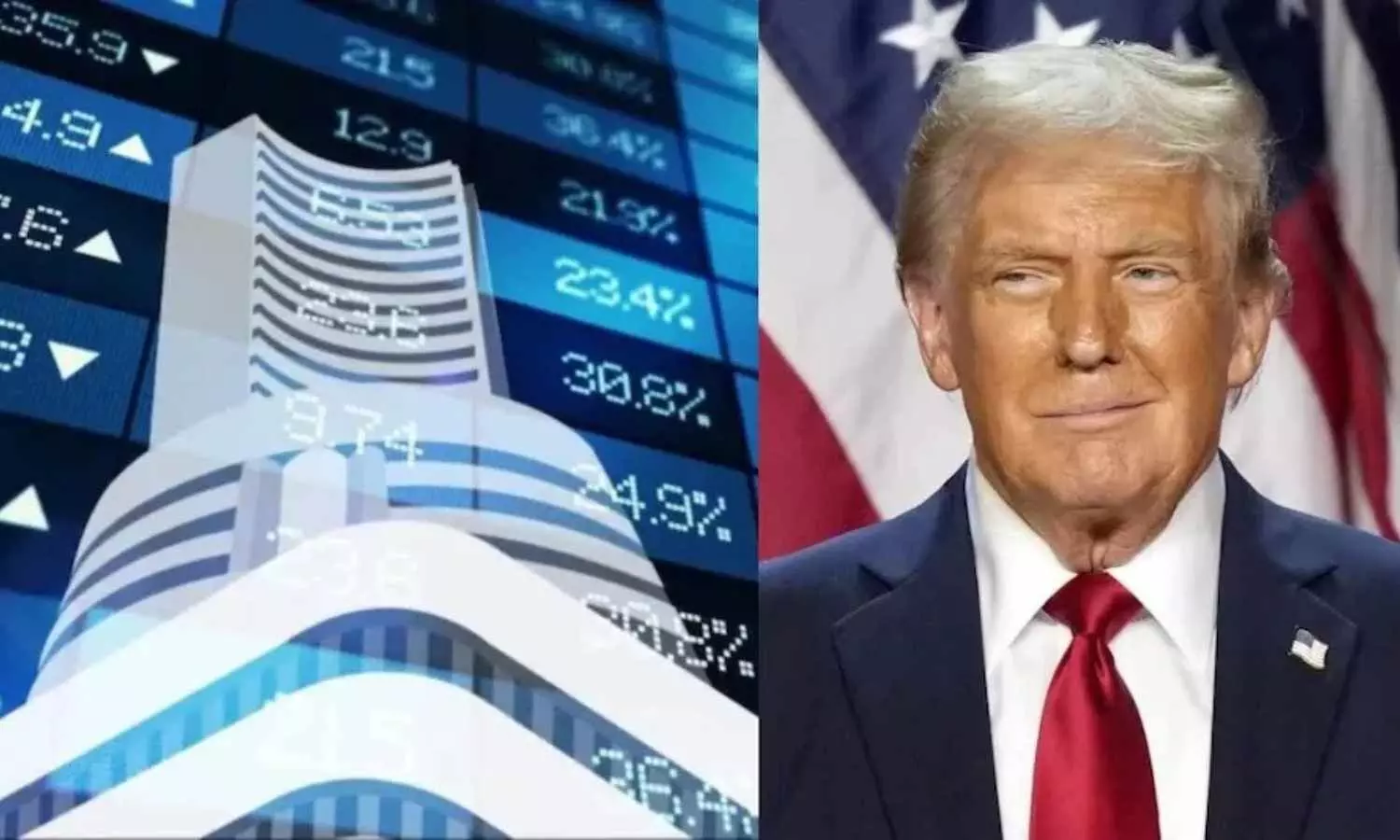Explained: Why Indian Stock Market is Fearing Trump's ‘Liberation Day’ Tariffs on April 2
Ahead of the reciprocal tariffs, Dow Jones Industrial Average slumped crashed by 715.80 points, or 1.69% to close at 41,583.90 on Friday, while S&P500 index ended at 5,580.94, down 112.37 points or 1.97%.
Explained: Why Indian Stock Market is Fearing Trump's ‘Liberation Day’ Tariffs on April 2

As Liberation Day is set to take place on April 2, investors will be keeping a close watch on Trump's imposition of 25% tariffs on the auto sector. As per analysts, recent market correction was primarily driven by weak economic data, poor corporate earnings and FIIs diversion to the Chinese equity markets. Now, with fresh fears on the horizon, are Indian equity markets en route to another round of selloffs?
“A key near-term worry is Trump’s likely announcements on April 2, 2025, which, if too harsh on India, can cause another round of correction in the India market,” said JM Financial in a strategy note.
Ahead of the reciprocal tariffs, Dow Jones Industrial Average slumped crashed by 715.80 points, or 1.69% to close at 41,583.90 on Friday, while S&P500 index ended at 5,580.94, down 112.37 points or 1.97%.
Noumura said that Trump’s proposed reciprocal tariffs mean different things to different people. The most narrow, and least significant, interpretation assumes a simple matching of other countries’ tariffs currently imposed on the US.
“If India’s tariff on imports from the US is 9.5 per cent, and US’s tariff on imports from India is 3 per cent, then the reciprocal tariff would be 6.5 per cent. We apply this narrow interpretation to our analysis, and see that India, Thailand and Brazil are among the five most exposed,” Nomura said.
It said, “The investigations by the United States Trade Representative, the Secretary of Commerce and Treasury Department that are due to be completed by April 1 cover many other areas, including but not limited to: the size of US trade deficits with other countries, de minimis exports, VAT rates, digital taxes, circumvention of US tariffs through third countries, currency manipulation, state subsidies and various other non-tariff trade barriers. Tariffs could even be imposed for geopolitical means (think Venezuela).”
VK Vijayakumar, Chief Investment Strategist, Geojit Investments said that trend in FPI flows will depend mainly on Trump’s reciprocal tariffs expected on April 2. If the tariffs are not severe, the rally may continue, he said.
Notably, India’s FPI outflows came down to ₹3,973 crore in March, against ₹34,574 crore in February and ₹78,027 crore in January.
“There is massive uncertainty on the targets, size and scope of the tariffs expected on 2 April. Good luck navigating the fog of tariffs,” Nomura said.
Auto tariffs
The US will start levying an import duty of 25% on all imported cars and auto components from April 2. Manufacturers including Tata Motors, Bharat Forge Samvardhana Motherson (SAMIL) and Sona BLW have sizable exposure to the US market, CLSA said.
However, among the peers, SAMIL has a manufacturing unit in Alabama and therefore it’s in a better position to offset the potential risks.
About 31% of the JLR’s retail sales come from the U.S. and those models are made in the UK. Therefore, Tata Motors, JLR’s parent company, faces greater risks.

